Goats were created on the 6th day of creation.
24 Then God said, “Let the earth bring forth the living creature according to its kind: cattle and creeping thing and beast of the earth, each according to its kind”; and it was so.
Genesis 1:24
![]()
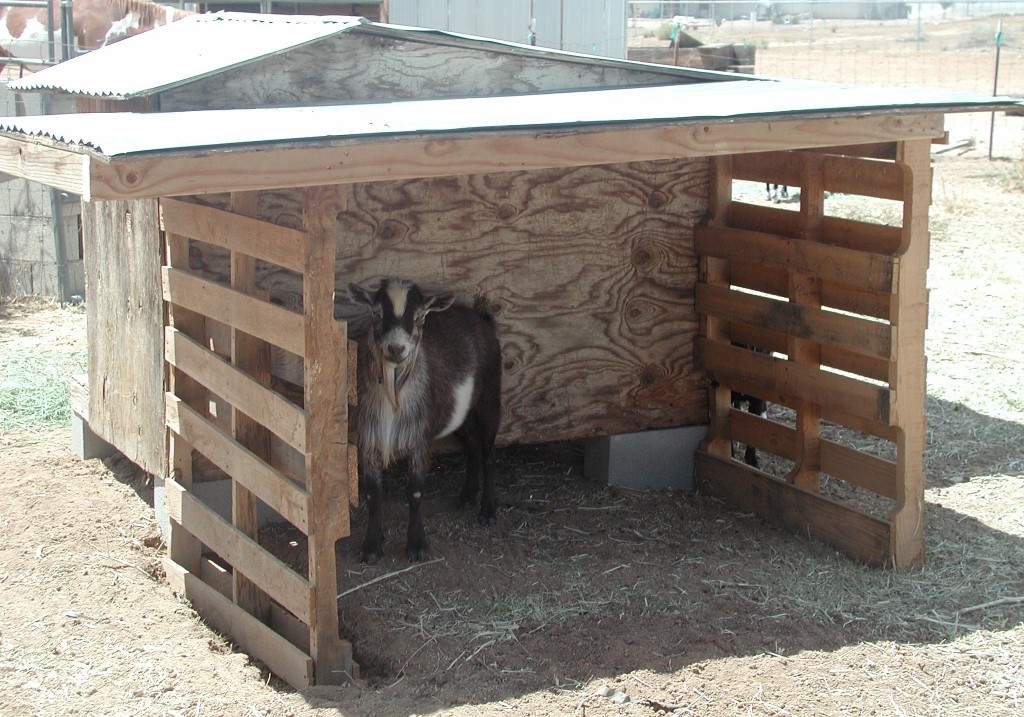
Goat Care
Info on goats:
Goats can be great pets. Goats also help cut back on the weeds but there is more to keeping goats then just putting them out in a pasture to eat weeds. Goats live to be 8-12 years old and sometimes longer. Goats are smart and can be trained to do tricks. Goats can be taught to walk on a leash and can be trained to do an agility or obstacle course just like a dog. I have trained some of my goats to do agility. I have trained them to do a balance beam, tunnel, teeter-totter, and a jump. It is very fun to show off your goat’s tricks to friends and family and I have heard of competitions where you can compete but I have yet to do this. There are many breeds of goats out there and just like dogs there are purebreds and mixed breeds. Also there are registered goats just such as American Dairy Goat Association (ADGA), International Dairy Goat Registry (IDGR), American Goat Society (AGS), etcetera. I am not going to cover goat breeds here, I am just going to cover general information on goats. I will list some of the most common breed of goats for you so you can go and research what kind of a breed you would like to own.
Alpine, Boer, LaMancha, Nigerian Dwarf, Nubian, Pygmy, Saanen.
Choosing a goat: Bucks, Wethers, or Does:
There are some things you need to know before getting a goat. Bucks are male goats, Wethers are castrated/banded bucks, Does are females, and baby goats are called Kids. If you want a pet goat you will NOT want to choose a buck. The reason is because they have a very unpleasant odor and it clings to your clothing and skin when you pet them. Bucks are just stinky, although they can be just as loving and sweet as a does, the last thing you want is a buck brushing up against you. Now wethers (castrated/banded bucks) are a different story and a much better choice then a buck. Wethers do not have that terrible odor thus making them a much better pet than a buck. Does also make great pets. Does do not have to be milked unless they are in milk from having kids. A doe only has milk when she has babies. So if you want milk and you can handle the responsibility of milking twice a day (morning and evening) then you will first have to breed your doe and five months later you will have kids. Then as the kids get older and mom starts to wean them she will have extra milk for you. You can continue to milk the mom for several months. When her body is ready to have a brake or you no longer want the milk you start decreasing the amount of milk by slowly milking less milk out of her. Soon your doe will no longer have milk.
Bottle Fed Kids and Dehorned Goats: 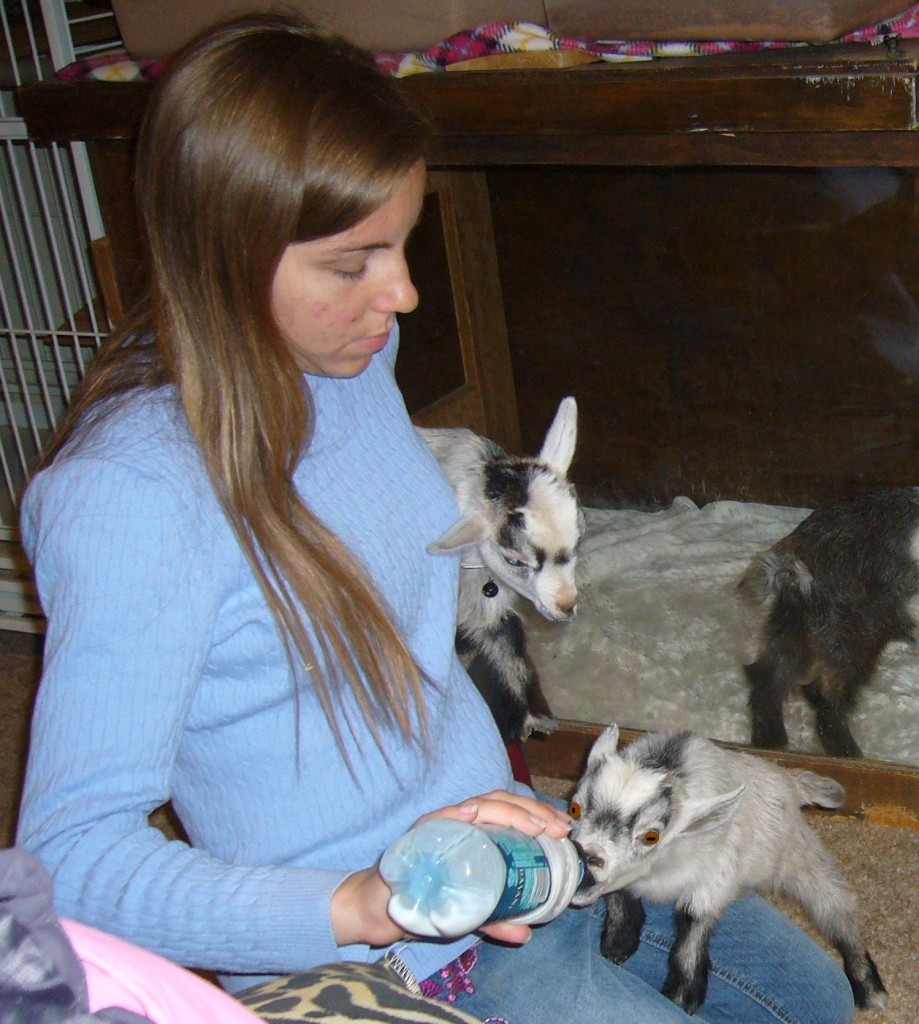
Lets get back to talking about choosing a goat, so now I hope you know your best choice is a wether or doe and NOT a buck. But you don’t just want any doe or wether and I’ll tell you why. Goats can sometimes be very unsociable with people because they are terrified of them. Your best pet goat will be a goat that has been bottle fed by a person. Because they were bottle fed they think people are their mommies and they will run to greet you and even follow you all around the yard. Sometimes you can find a goat that was not bottle fed that will be friendly. It all depends on the mom of the kids and how much the breeder handles the kids. If the mom is a friendly goat she will not hide her kids from people and the mom will not show fear of people so the kids will follow her actions. But there is nothing like a bottle fed kid. Next thing to think about is horns. Goats have horns and if they are not removed at an early age (1-2 weeks old) your goat will have horns too. It is better to get a goat with no horns if you want a pet goat. Most goats that are people friendly will not use their horns against you but horns are not a good idea if you have small kids. A goat’s head is right at the same level as your Child’s head and the goat can very easily hit your child in the face with it’s horns on accident. Also a goat will sometimes compete for food or treats that you may be feeding and the last thing you want are goats fighting around you with horns. There have been a few times when I have been feeding grain to a goat and another will sneak up and accidently hit me and trying to scare off another goat. An additional thing to consider is your goats will be much safer without horns if a squabble arises among themselves. A downside to your goat not having horns, is it’s the only way your goat has to defend itself against predators, such as dogs. My last thought about horns is, if you place a goat with horns with a goat that does not have horns, your horned goat can injure or even kill your hornless goat. So never place a horned and dehorned goat together unless your horned goat is not aggressive. Sometimes a horned and dehorned goat will get along fine in a large pen because you can feed them apart but if you put them in a small pen it could mean death to the dehorned goat. I would highly recommend that you just don’t take chances and only get goats that are dehorned or only get goats that have horns and don’t mix them. So now you have some info on choosing a goat and if you still can’t decide on what you want my personal opinion is a Doe or Wether that has been bottle fed and dehorned.
Can goats live alone or do they need other goats? 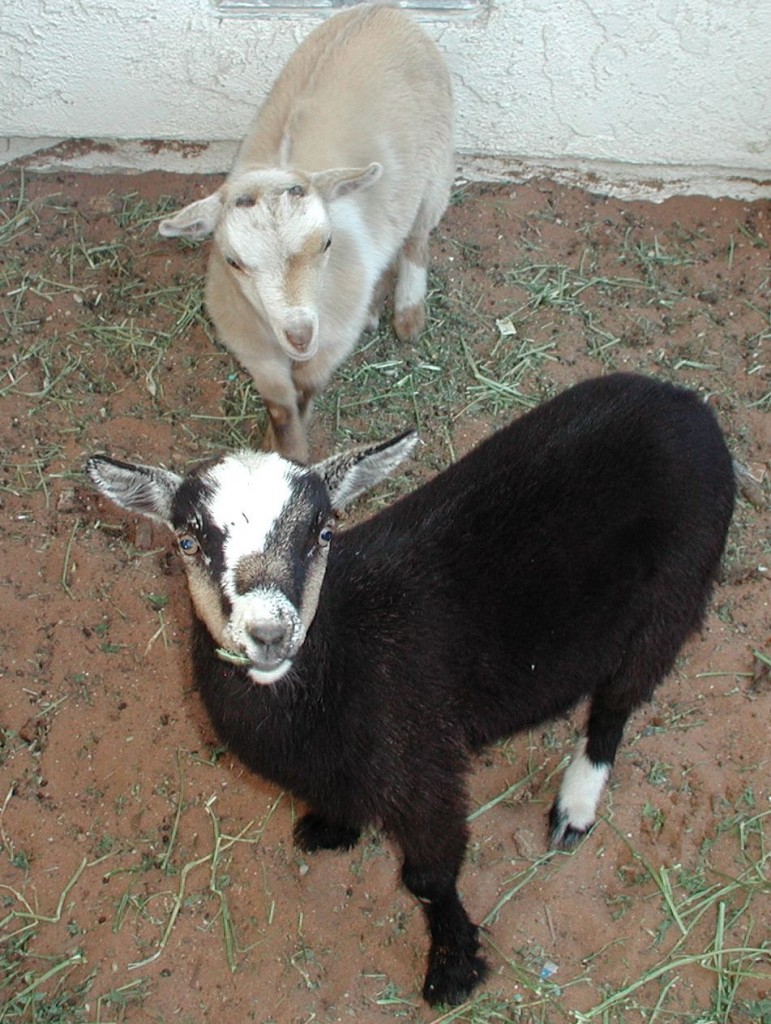
Goats are a herding animal meaning they like to live in groups. You can keep only one goat, but I recommend you keep at least two goats. If you plan on only keeping one goat make sure you have plenty of time to give to your goat so he or she will not become lonely. Sometimes a goat will be content to live with other animals such as horses, cows, sheep, pigs, and on rear occasions a dog that does not chase the goat but likes the goat. Use caution on introducing a goat to other animals as sometimes it does not work and your goat could be injured or killed.
4 Dangers to goats:
1. Water troughs 
Horse water troughs are a big danger to baby goats as they may jump in and sometimes drown. If a water trough’s water level is over your goat’s head then you need to have it fenced off from your goat.
2. Dogs 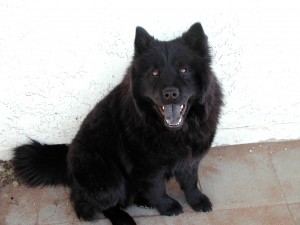
Dogs are one of the greatest dangers to goat. All the time dogs get into goat pens or into a yard that has goats and chase and attack the goats. Make sure you do not have a dog on your property that would chase a goat because, chances are, if a dog will chase a goat, the dog will bite/attack a goat. If you keep a dog like this on your property, eventually the dog will get to the goat causing injury or death to your goat.
3. Items in the yard 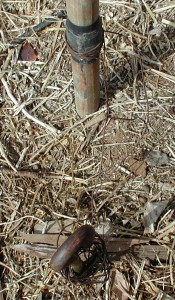
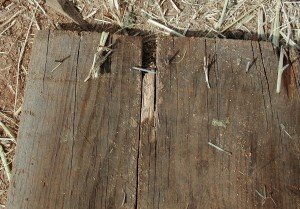
Goats can get tangled up in wire. Goats can get their heads caught in fencing and other places. Nails in boards are a danger because goats can get cut and if they step on a nail it can puncture the hoof, especially in kids because their hoofs are softer. Keep your yard clean and safe.
4. Horses 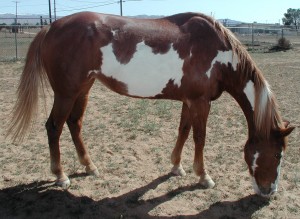
Horses can very easily injure or kill a goat. When your goat first goes home with you make sure you keep the goat separated from the horse. You can let your horse smell the goat but make sure you are holding the goat in your arms. Give your horse a few days to adjust to the noise of the goat. Then when you feel your horse has become more accustomed to the goat put a leash on your goat and carry it in your arms to the horse so the horse can smell the goat again. Make sure your horse is in it’s pen and not roaming free. Then take a few steps back so the goat is out of reach of the horse and put the goat on the ground. If the horse is calm let the goat slowly approach the horse. Use your judgment on how close to let the goat get to the horse. After a few days your horse should be adjusted to the goat and soon you will be able to let the goat roam free with the horse but only under supervision and never let the goat be with the horse when the horse is eating. When you are completely comfortable with your horse’s behavior towards the goat then you can leave them together. For my goats I pen them up every night to feed them, then in the morning I feed them again. After the morning feeding I let them out of the pen for the day. This way the goat gets the food it needs and it is not pestering the horse and trying to get the horse food all the time.
Water:
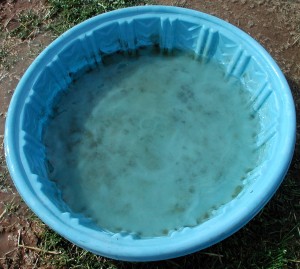

Goats should have fresh water at all times. If you let the water become dirty, goats sometimes are very picky and will not drink or only drink very little and can become dehydrated. Make sure they can reach their head into the trough to get the water. In the summer make sure that the water does not become hot or warm, keep it in the shade. In the winter depending on where you live, the water will freeze so make sure it melts fast enough so the goat has water available a short time after morning.
Hay:
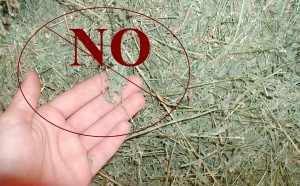
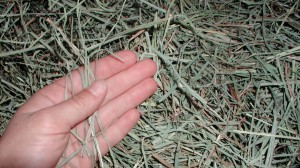
Alfalfa should only be fed to pregnant or breeding does this includes lactating does and growing kids, as they need the extra protein and calcium. Kids can be fed alfalfa for the first 4-6 months and then start to ad in some Orchard hay so they are eating about 50% of alfalfa and 50% orchard. When the kids are a year old feed even less Alfalfa and add more Orchard hay and grain as needed into the goats. Bucks and Wethers (castrated bucks) should only be fed alfalfa as young kids because alfalfa can cause urinary tract infections in males. If goats are fed too much alfalfa when they do not need it they can develop calcium stones and does can have internal problems with their female organs. Feed Orchard hay, and make sure it is a good quality. It should look dark green, be long and thin hay with no hard stems. Goats are a grazing animal and should be fed twice a day. If your goat is not fat then give him/her a generous amount of Orchard hay. Do not feed to much because you do not want your goat looking like it has a huge pot belly stomach. If you have a piggy goat then adjust their feed by cutting back on it, but remember to still feed them twice a day. Note: When goats eat and are full the left side of the goat’s body will be bigger. This is because all the food enters this stomach on the left side.
Grain:

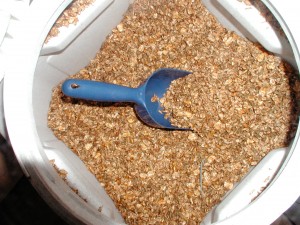
Buy a bag of goat grain with 14% protein in it or more. Make sure it is made for goats only! Do NOT buy a grain for sheep, cows, or horses. Only feed grain to bucks/wethers if they are thin, usually they need it more in the winter than summer. For does feed a small amount of grain 1-2 times a day if they are not fat. Use your judgment on how much to feed but use caution not to feed too much or your goat can get diarrhea. If your goat has never had grain before slowly add it into their diet and increase slowly or they may get diarrhea. Diarrhea can be life threatening to a goat as they will become dehydrated quickly. If you have a pasture for your goats to eat in, they will not need as much feed. Always keep grain in a goat proof container! If a goat gets into a bag of grain it will eat so much that it may become bloated and die. So keep grain out of reach! I like to use containers with a screw lid so if the goat gets into my feed shed they will be unable to dump the container and pop the lid off.
Salt:
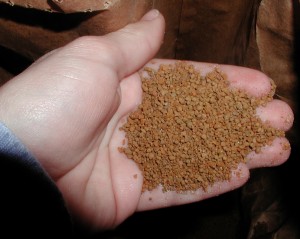

Goats need salt. If you do not give them salt you could have some big problems with vitamin deficiencies especially in kids! Only feed them a salt that is made specifically for goats and goats only. I feed a loose mineral salt (see photos). Make sure the salt has vitamin E and selenium in it. You can feed it to your goat free choice in a small dish that is sheltered from rain, preferably off the ground so debris stays out of the dish. Or you can also feed it to them in their grain.
Toys:
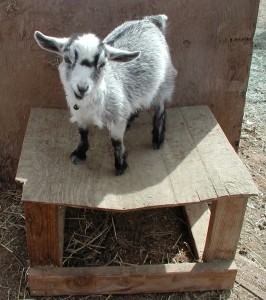
Goats love to climb and will enjoy things to jump up on. Wood picnic tables make a great jungle gym because it has different levels. You could also, very easily make something for the goat to play on. Make sure you do not put it near a fence or the goat will jump onto the object and go over the fence.
Shelter:
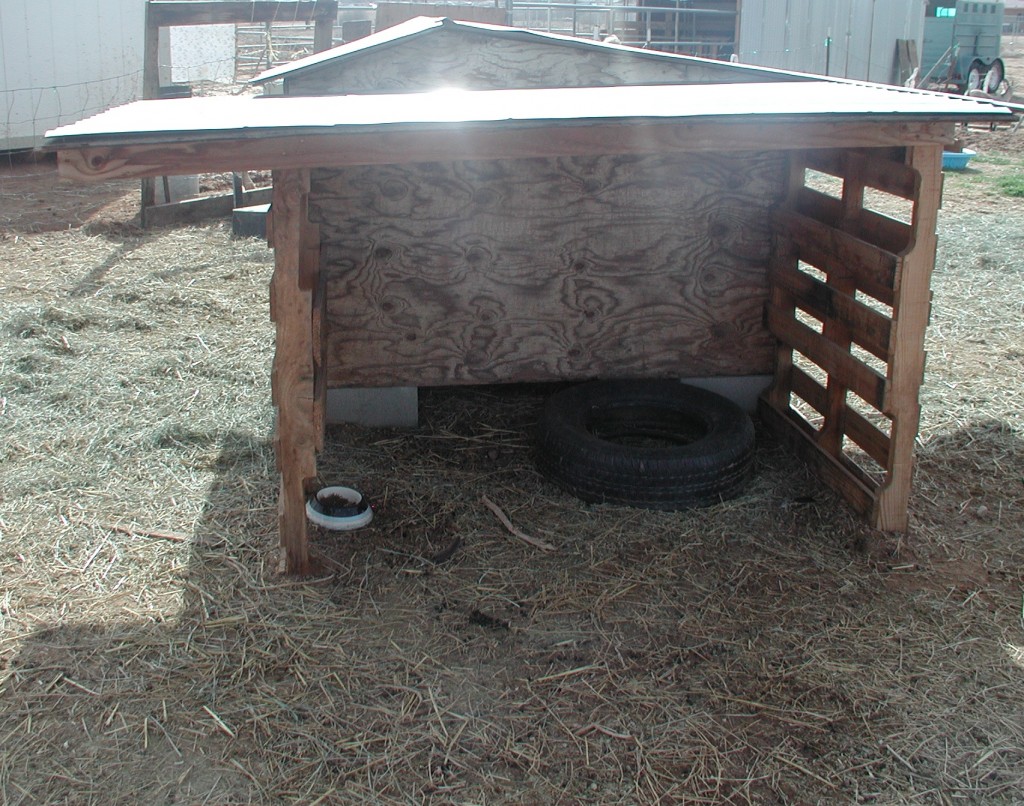
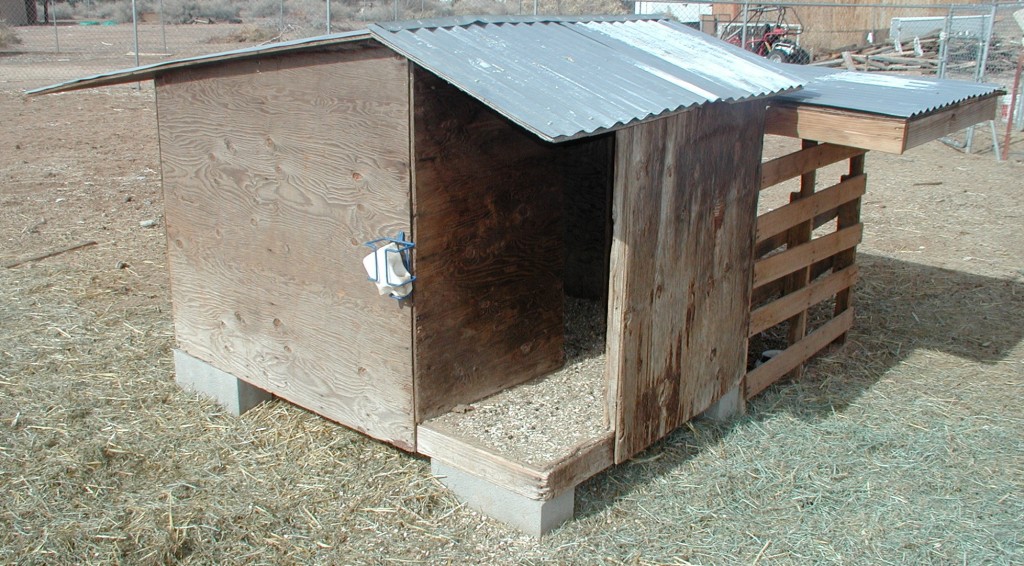
A good shelter is very important. Goats need shelter from rain, wind, hot weather, and cold weather. It is hard to make a shelter that is good for hot weather and cold weather. I suggest you make two shelters attached to each other, a more open shelter for summer to allow air flow and an enclosed shelter for winter. You can also make a shelter that has a removable panel that can be removed for the summer and closed in the winter. Make sure you do not put the shelter too close to the fence or the goat will jump onto the shelter and go right over the fence. If your shelter is too tall for the goat to jump up onto then you can place it as close to the fence as you would like.
Fencing:

Remember that goats can climb and jump, keep this in mind when making a pen. I recommend that you make the pen a minimum of 5 feet tall. We use chain link fencing for our goats. If you are getting a goat that has horns then you may still use chain link fencing but make sure you use top rail and put the wire around at the bottom. All this will help prevent your goat from mangle it with their horns or squeezing under the fence. Also be sure to use plenty of tie wires. Do NOT use flimsy cattle fencing because the goats will bend it down and then jump over it. Also do not use fencing with large holes in it. Goats can get their heads stuck in the holes. This can be especially a big problem with goats that have horns because it will be much harder for them to get their heads out.
Vet:
Before you bring your goat home with you, you should find a good vet that does goats. Don’t wait for a problem to arise and then find a vet. A good goat vet can be hard to find but you need one that does goats on a regular basis. If you can’t find a vet that treats goats try calling an Equine vet to get a referral; also talk to other goat owners.
Hoof care:
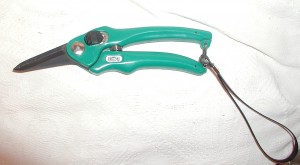
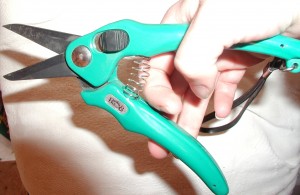
Hoofs need to be trimmed about every 2-4 months. The hoof should not be curled over; if it is then it needs to be trimmed. Trim the outside part of the hoof so that it is level with the rest of the hoof. I use lamb footrot shears made by Burgon & Ball.
Shots:
Goats should be vaccinated at 3-4 months old with Clostridium Perfringens Types C & D with Tetanus Toxoid. For adult pygmy goats administer half of what the dosage says because usually the printed amount is for a larger goat and not for small pygmies. When vaccinating a goat that has never been vaccinated, vaccinate them again in 3-4 weeks, after that they only need to be vaccinated once every year. Inject the vaccine into a back leg in the muscle. When the needle is in, pull back on the syringe. If blood sucks up in the syringe do NOT inject. Pull the needle out and try again. You do NOT want to inject into the blood stream.
Parasites:
Goats should be dusted at least once a year when the weather turns cold. This is usually the time when goats get parasites. Ask your vet what product you should dust them with.
Wormer:
Your goat should be wormed every 6 months with a goat de-wormer. Never use a wormer on a goat that is for other animals like horses!
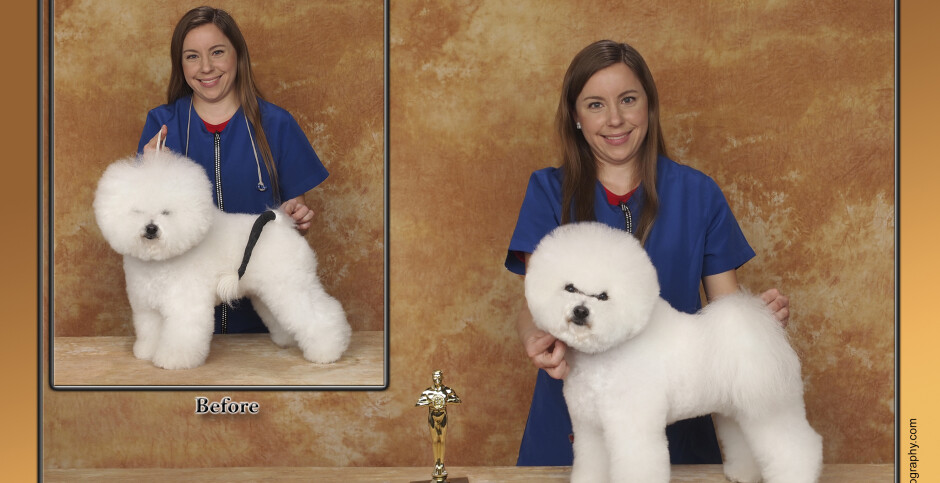
Hi Kaydee cox,
You would need to get another goat or lamb to keep your Buck happy.
I have a 3 month old Billy goat, we only have one goat, but we have a dog that keeps it company they like each other, but my billy goat still seems kind of lonely how could I solve that?
Celia Powell,
You may be weaning the kids too fast or you just have great does that produce lots of milk. You must relive the pressure of the does udders by milking some out.
i am weaning the babies and the mom’s are having a fit !!! which is expected.If the mom’s utter starts getting bigger and bigger what would your advice be to dry her up ??
Hello Audrey,
We would not put them in the same enclosure together, especially in the barn as it’s smaller and the wethers won’t be able to get away from the big doe. Place them in side by side pens and as the boys get bigger they will be able to hold their own against the doe. If any of these goats has horns and one does not, you should not house them together.
I bought home a one year old Alpine Doe about 2 months ago.
A neighbor just gave me 2 four month old wethers.
All three will shared the same pasture and barn.
When meeting for the 1st time, my doe rear up and butt them.
If I put them in the barn at night,
could she try to kill the 4 month old goats?
Audrey
Hello Trudy,
People that have lots of land can mix all kinds of goat breeds together. It is important to note that the lager breed goats may pick on the smaller breeds. It depends on the goat’s individual personalty and if there is enough space for the smaller goats to get away from the lager breed goats. If you wanted only wanted purebred goats you would not want to mix other breeds together. You would also NEVER what to put a lager breed buck together with any small breed does.
I would like to know if there is any problems with mixing different breeds of goats together. For example, could you put nubians and boers or even pygmys together?
Hi Chelsea,
Nigerian Dwarf Goats are actually considered a dairy breed. This does not mean you have to milk them though. Every goat, even within the same breed, have different milk production. It’s not hard to dry up a goat after she kids. You can even dry up a doe using her kids and not have to milk. You would do this by limiting her kid’s access to her. Also a lot of does will wean their kids just fine naturally and the mom will dry up. To dry up a doe you just milk enough to relieve the doe’s bag from the pressure of the milk.
I see you listed Nigerian dwarf goats. Being that they are a dairy breed, can you raise the does, produce offspring but not milk them? Do you happen to know any resources for doing this as I am struggling to find any. Any help would be greatly appreciated!
Hi Tamika,
As you have now learned you must be very careful when feeding grain or sweet feed to a goat. Adding to much grain at one time to a goats diet can make them have diarrhea. You may not even need to be adding the sweet feed to your goats diet. If you have not done so yet, please read over our other care info on goats to learn more about diet. We do NOT recommend giving your pepto or anything made for humans, you should contact your vet for further assistance.
Hello again CrazyAnimalLover,
Never give a goat cow’s milk as that can kill them! It is ideal to give them fresh raw goat’s milk but if you can’t find any then a goat milk replace will have to do.
I am still learning about goats. I brought home a doe and a weathered from separate homes. I gave both of them goat sweet feed and the weathered goat now has diarrhea I believe coming from the change in diet.. I have read on several sites to give pepto but I don’t know how much to give him
I quickly found out billy is not a breed. He looks to me like a pygora leaning more toward a fluffy pygmy as opposed to a full pygora based on what I’ve looked up. I have a vet appointment set up for him on Saturday for an all around wellness checkup. He seems very active and healthy. He’s actually staying in my house right now (I know) and follows me around everywhere or hops up in the recliner and sleeps beside my pug. The guy that gave him to me had been trying to train him to a bottle with milk replacer. He gave me the bag of milk replacer he had been using. I had to pry his mouth open the first day or two but now he takes the bottle on his own. I recently saw that milk replacer is not good for a baby goat and can kill them. Is this true? I heard that he can drink whole cows milk from the grocery store. Will this be better for him? Thanks again. Any and all information is helpful!!